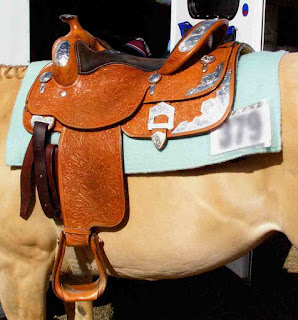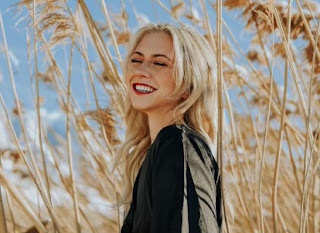Ah, Western vs. English. Most people either learn to ride one or the other, and the two sides can get as prickly as those who pick either Team Edward or Team Jacob. (I’m totally team Edward, btw. Also, yes, I still love Twilight.)
English riders are prim and proper and stuffy and snobbish.
Western riders are lazy and sloppy rough-riders who only care about getting a job done.
Whew. Now that we’ve gotten that out of the way, let’s dig into these styles a bit more.
Personally, I love riding Western. It’s how I learned. So, let’s explore that first.
Back in the Old West, people rode western because it was very practical. The horses (usually Quarterhorses) were bred to be strong, level-headed, and steady. They could also really move when the situation required it. The saddles were built to be comfortable, both for horse and rider, for hours upon hours at a time. The West was won on horseback, through cattle drives and fixing fences and exploring new territory. Cowboys carried all their supplies with them, from the canteen, rifle, and lariat attached at the front to the bedroll, food supplies, and harmonica in the back. They rode low and slow when they could, and tore off at a dead gallop when they had to.
Nowadays, everything has been exaggerated. We don’t really need to explore vast territories on horseback, nor do most of us have livestock that need to be herded long distances. So, instead we go to shows. Western riders still use Quarterhorses, but the game has changed.

“Look how slow my horse can lope, and his head is so low!”“Oh yeah? My horse can lope even slower, and her head is almost to the ground!”
Okay, that’s a little exaggeration. Then again… have you ever watched a Western Pleasure show? Their lope looks a bit like a limp, because they’re going so slow.
Of course, there are other disciplines in Western Riding. Rodeo comes to mind, as does Reining. Still, the theme is the same.
“We have a job to do. But, we can mostly use trucks and tractors and corrals, so we’re going to turn what used to be work into competitions. Hi-ho silver!”
I also love English riding. It changed my thinking about riding horses.
Here’s the thing. English riding is also very practical. It just developed in a different part of the world than Western riding. See, horses were used, for thousands of years, for war. Those older saddles had a high pommel and cantle, which helped to keep a warrior secure on the horse’s back. Eventually, though, societies developed in which horses were ridden more for hunting or sport than for war. When fox-hunting became popular, the saddles changed with the times. In order to keep up with the foxes, horses and riders had to jump over ditches, fences, hedges, etc. Anybody who has tried to jump in a western saddle knows just how uncomfortable that saddle horn is when your horse’s front end rises up underneath you. It’s the same thing with the pommel of the saddle. Having that thing punch you in the gut will convince you really fast that something needs to change. English saddles, then, became much smaller, allowing the rider to move more athletically with the horse’s movements.

So, because the saddle is smaller, it changed riding in several different ways. The most fundamental, for me, is that you can feel what your horse is doing much better than you can in a western saddle. That also means that the horse can feel what you are doing better, which means that your riding must become much more intentional. In order to communicate effectively with your horse, you need to be aware of what your hip bones are doing, where your weight is centered, how loose your abs are and whether or not your heels are swinging into the horse’s sides.

Again, in our modern age, we don’t really need to go fox hunting, but have you ever jumped a horse? That, my friends, is an exhilarating feeling. So, of course, we have set up several different competitions involving jumping. And then there is the discipline of riding a horse in war, which is not necessary for most people these days but is a truly beautiful art form. Plus, with all sorts of different breeds and their unique abilities to show off, we have created multiple types of shows, many with their own version of the English saddle. In the end, we’re all the same. It’s all about doing what we know to the best of our ability. Edward was a fantastic vampire; Jacob was a great werewolf. Western riding is a wonderful way to learn, and also has depths and nuances and speed and sequins! English riding is fantastic for refinement and poise and elevation and top hats!
Ride often, my friends, no matter what saddle you choose.
-CR












